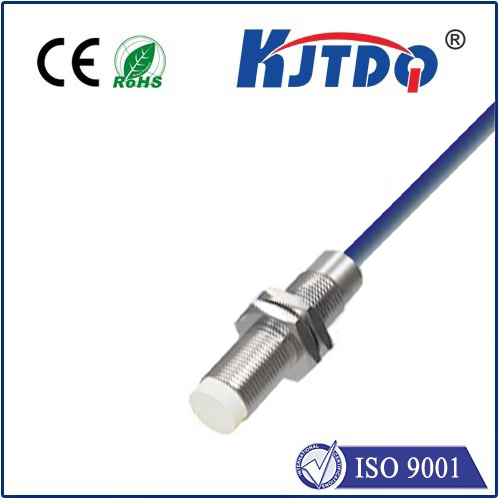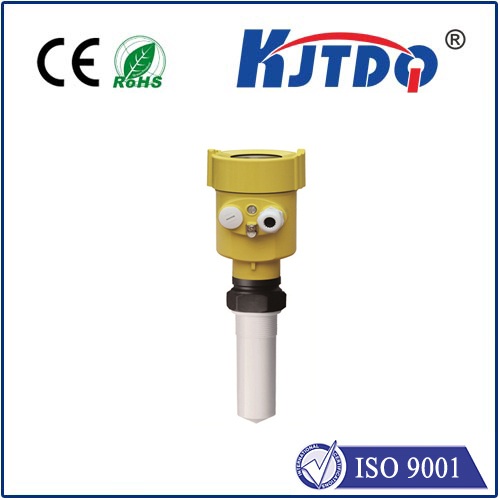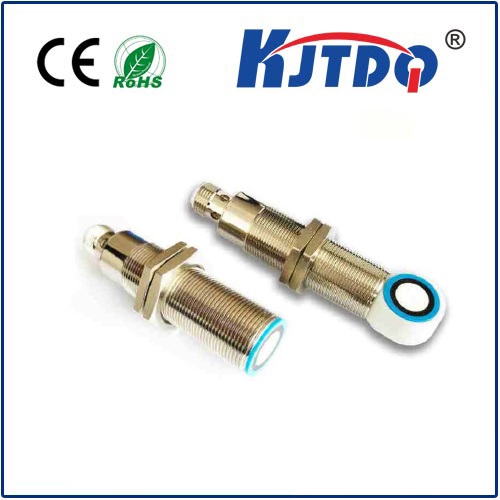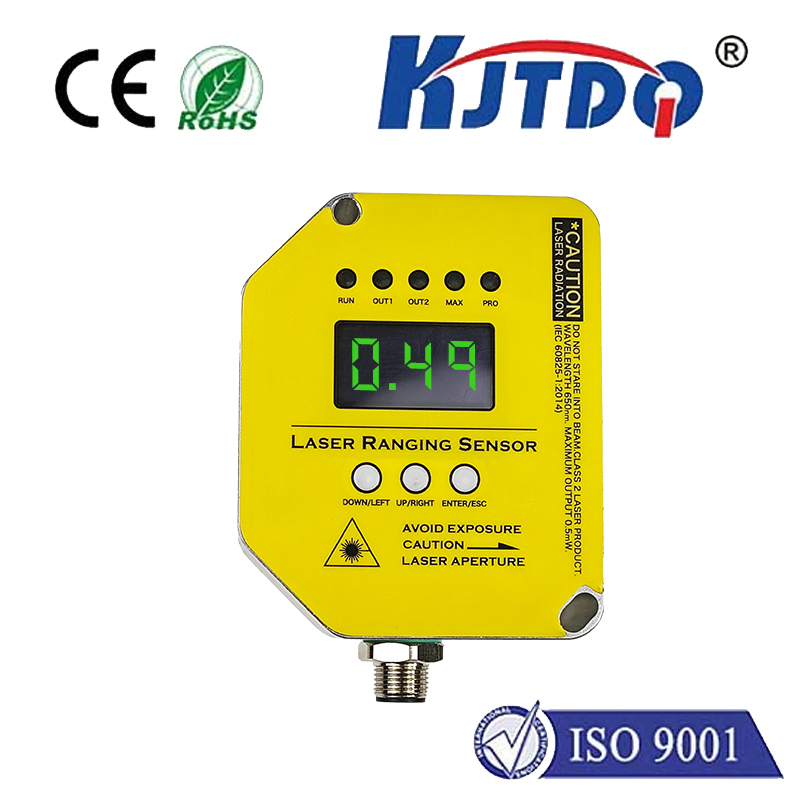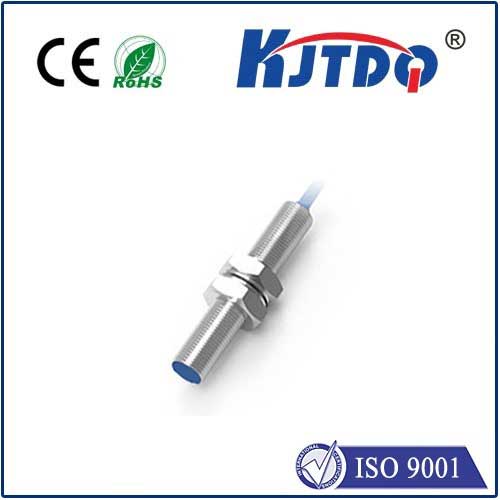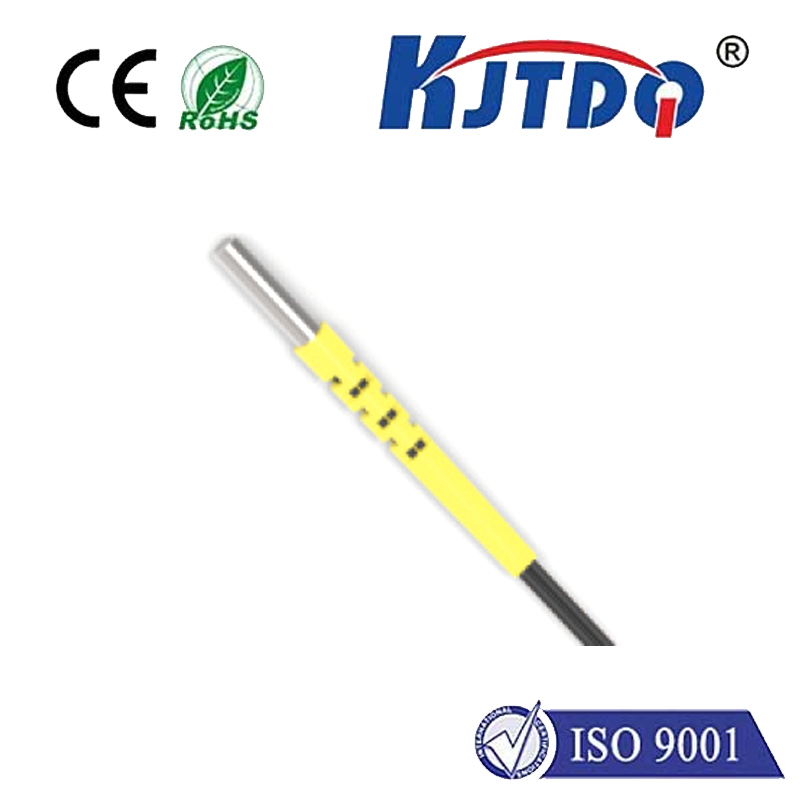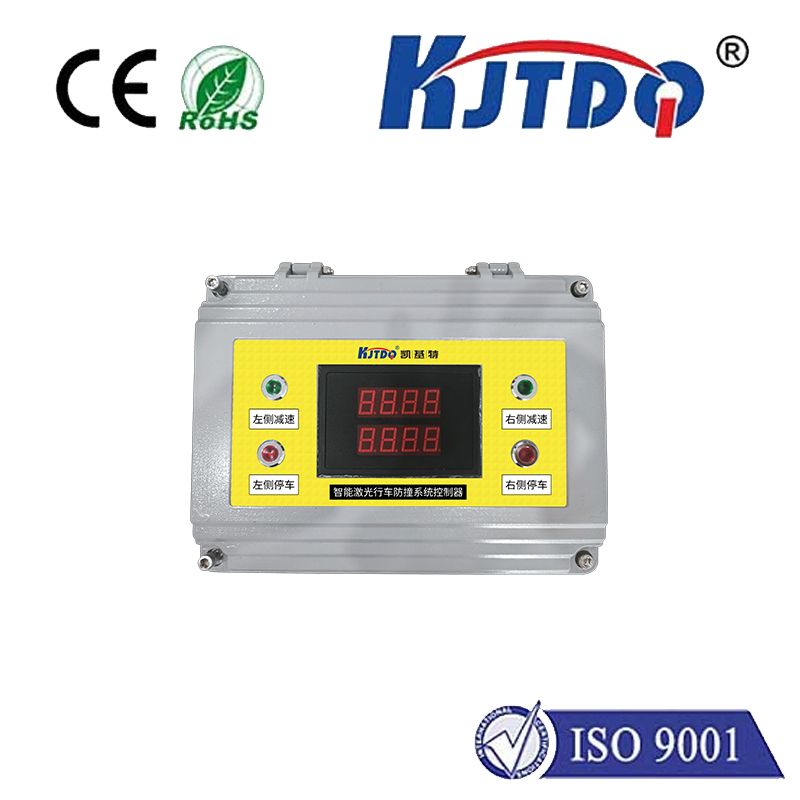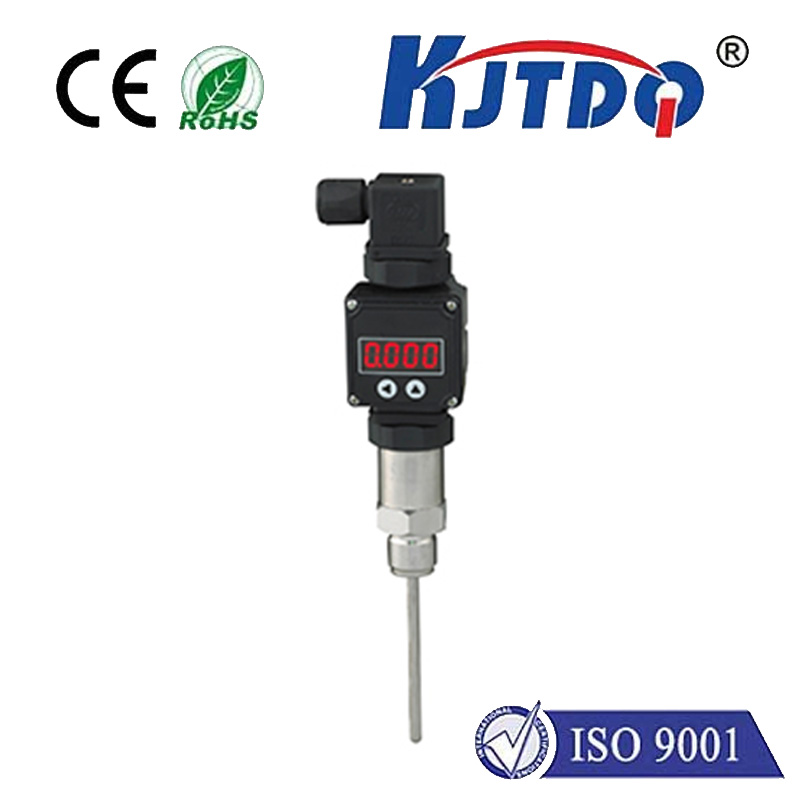

check

check

check

check

check

check

check

check

check

check
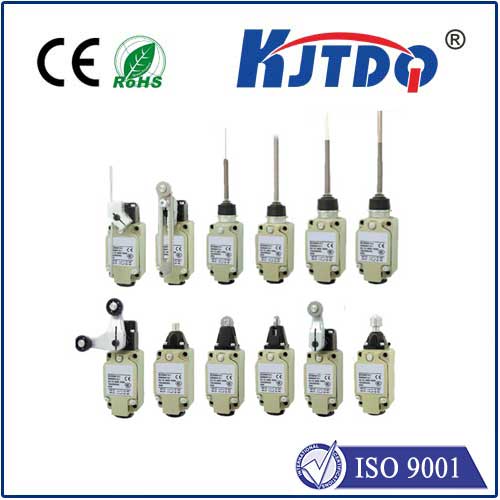
▲Limit switch is a mechanical switch used to detect or limit the movement of objects at a specific position. When the object reaches a predetermined position, the limit switch is triggered, sending a signal to stop or change the direction of movement of the object. It is often used for position detection, working status monitoring and safety protection in automation equipment.
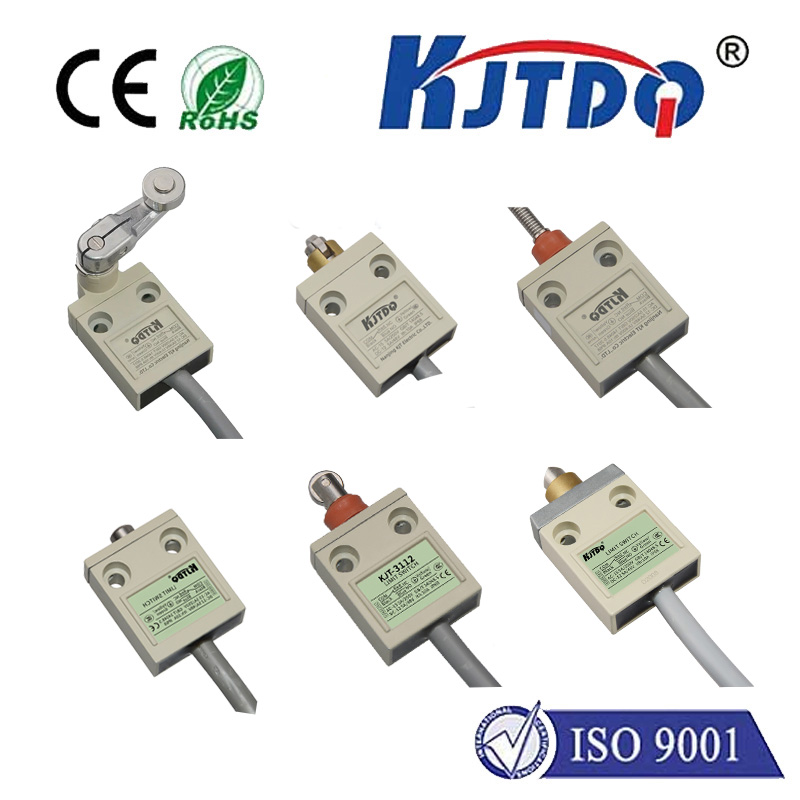
▲Position Switch is a mechanical switch used to detect or record the position or movement trajectory of objects. It can trigger the switch through the displacement or position change of the object and send out the corresponding signal. Travel switches are commonly used in fields such as automation equipment, mechanical engineering, and logistics transportation systems. They can be used to monitor and control the position and movement status of workbenches, conveyors, doors, windows, valves, etc.
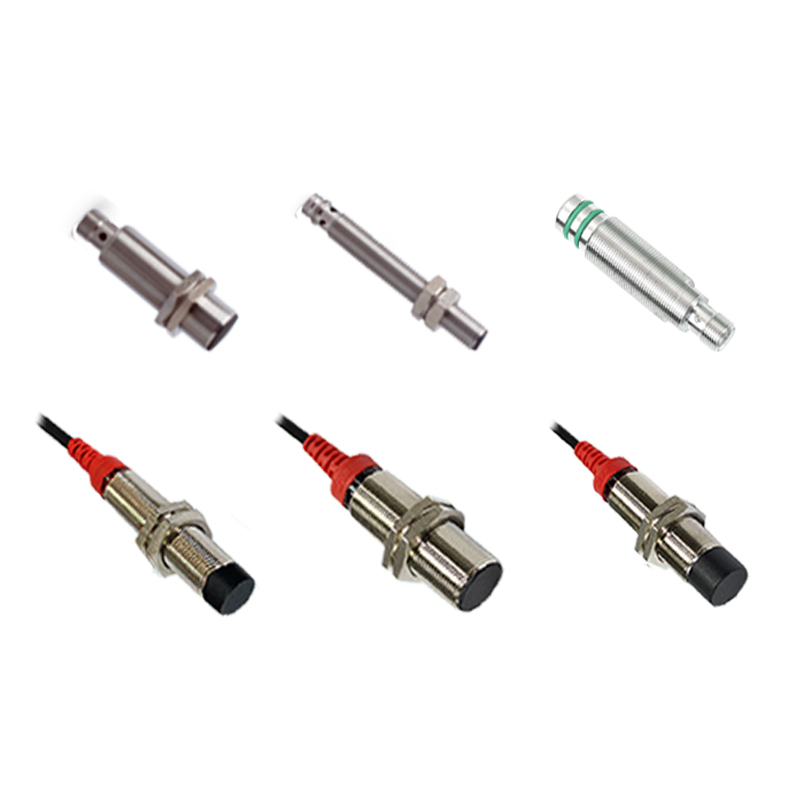
▲Proximity Switch is a non-contact switch that can detect the distance or proximity of an object to its sensor. It uses electromagnetic, capacitive, infrared, ultrasonic and other principles. When the detected object approaches the sensing area, the proximity switch will send out a signal to trigger the corresponding action or control. Proximity switches are widely used in object detection, position sensing and control fields in the automation industry. They are often used in automatic machinery, assembly lines, automatic doors and windows, robots and other equipment.
Both the travel switch and the limit switch are position switches, but the travel switch can detect the travel and can be used as an input signal to control the circuit to operate at a certain distance.
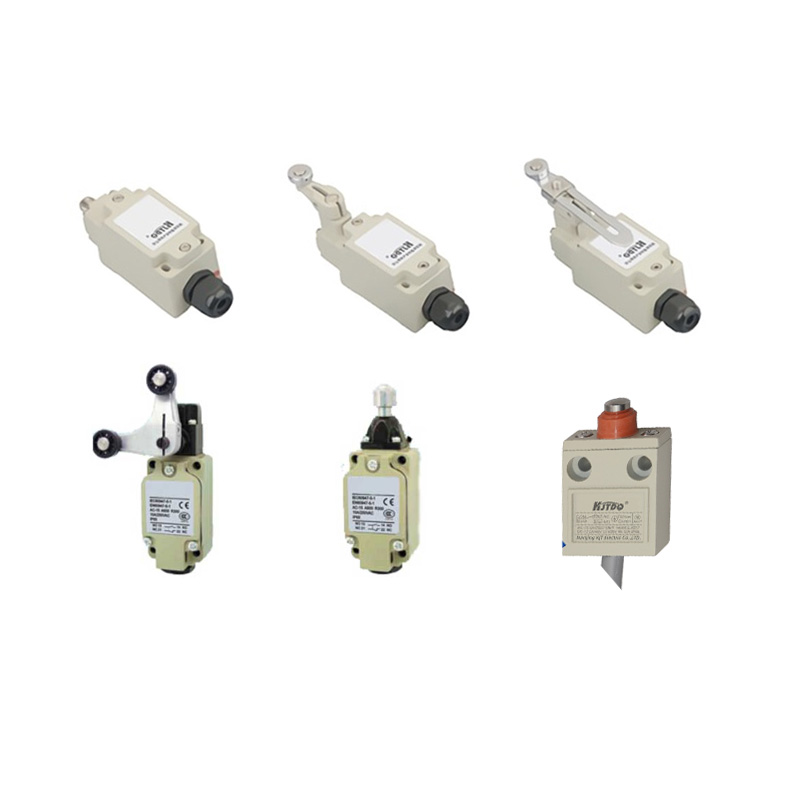
What is the difference between a limit switch and a proximity switch?
There are some functional differences between limit switches and proximity switches:
1. Detection object: The limit switch is used to detect or limit the position of the object, and the switch is triggered when the object reaches a specific position; while the proximity switch is used to detect the distance or proximity of the object to the sensor.
2. Working principle: The limit switch is a mechanical switch, which is usually triggered by the displacement, position change or contact of an object. The proximity switch is usually a non-contact switch that uses electromagnetic, capacitive, infrared, ultrasonic and other principles to detect the proximity of objects.
3. Detection range: Limit switches are usually used to determine whether an object reaches a specific position or within a position range, and usually have a fixed detection distance. The proximity switch can detect the proximity of objects and has a large sensing distance range.
4. Application scenarios: Limit switches are often used in position detection, working status monitoring and safety protection in automation equipment; proximity switches are widely used in object detection, position sensing and control fields in the automation industry.
To sum up, the limit switch is mainly used to determine the specific position of the object, while the proximity switch is used to detect the distance or proximity between the object and the sensor. Choosing the right switch type based on different application requirements and working principles can improve the efficiency and safety of your automation system.
